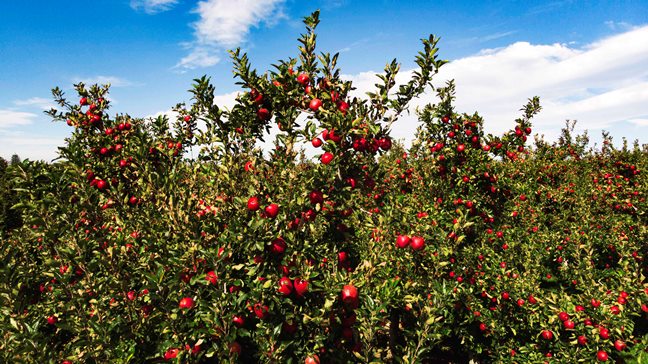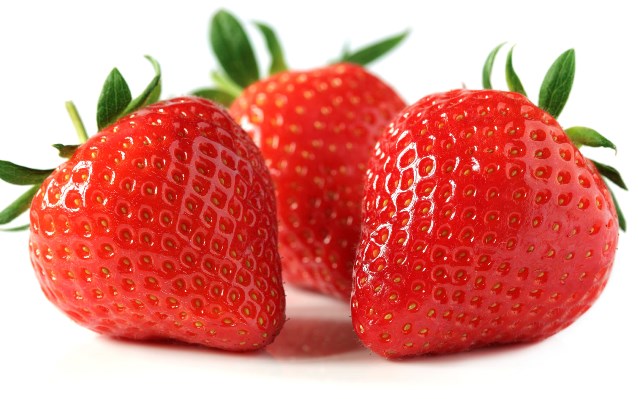Fresh Produce Safety Centre Australia and New Zealand –an industry-led organization established in 2013- has published updated food safety guidelines for the industry. The guidelines are designed to achieve greater consistency in the development, implementation and auditing of fresh produce food safety programs. It provides an update to the last version, released in 2015.
The aim is to assist growers, packers, transporters, wholesalers, retailers and others in the fresh produce supply chain to identify and assess potential food safety hazards. They apply to all steps during growing, harvesting, packing, storing, ripening and transporting of fresh produce, from initial planting up to delivery to retail distribution centre or store.
Needles in strawberries incident
Peter Tuohey, chair of Melbourne Market Authority, said Australian horticulture had seen some damage in recent years through contamination and tampering that impacted producers, retailers and exporters.
“However it is by continuing to evolve and change the standards within these guidelines that we will meet our consumer expectations. These guidelines set out the procedures and steps to prevent or deal with contaminations, and covers a comprehensive list of practices and potential hazards to assist growers, packers, transporters, wholesalers and retailers along the supply chain,” he said.
In September 2018, a food tampering incident involved sewing needles put in Australian strawberries. Initially isolated to Queensland, the issue spread to other states involving contamination of strawberries and other fruit.
Fresh produce includes fruit, vegetables, herbs, fungi and nuts and food safety hazards are microbial, chemical or physical contaminants that result in produce posing a potential health risk to consumers. Produce eaten uncooked presents the highest risk such as salad vegetables and fruits with edible skins.

Microbial, physical and chemical hazards
Direct or indirect on-farm sources of contamination such as fertilizers, water, soil, equipment and workers are the most likely suspects during an outbreak of foodborne illness.
Microbial contamination includes E. coli, Salmonella and Listeria and viruses such as hepatitis A and norovirus. Chemical hazards like pesticide residues, heavy metals, natural toxins and food allergens could occur as well as physical contaminants such as frogs and insects in packs of salad vegetables or glass, hard plastics, pins, staples as well as intentional contamination.
Sections include managing the growing site and planting material, fertilisers and soil additives, vehicle maintenance and hygiene, managing people, water, chemicals, facilities, tools and equipment and containers and packaging.
It also covers product identification, traceability and recall as well as stating testing for chemical and microbial contaminants in fresh produce is inefficient to guarantee it is safe to eat. Conducting hazard analysis and implementing preventive control measures are instead recommended.
Source: foodsafetynews.com



